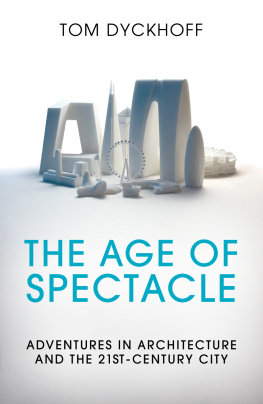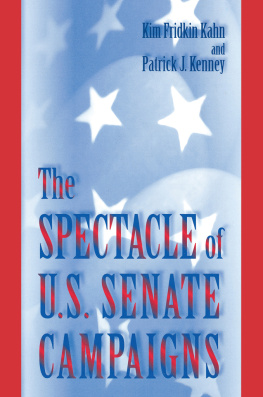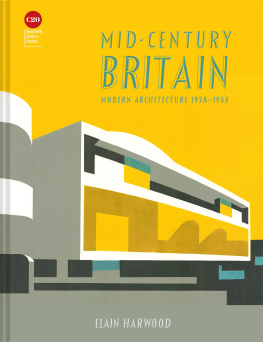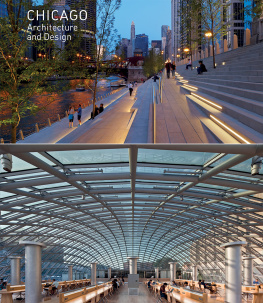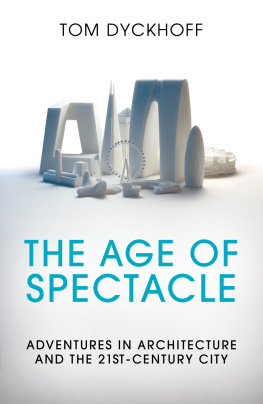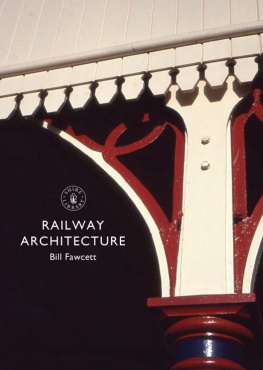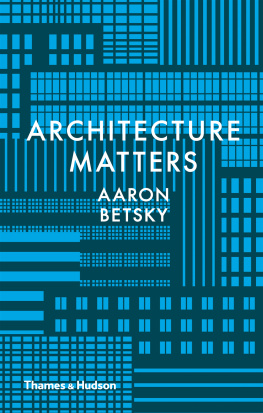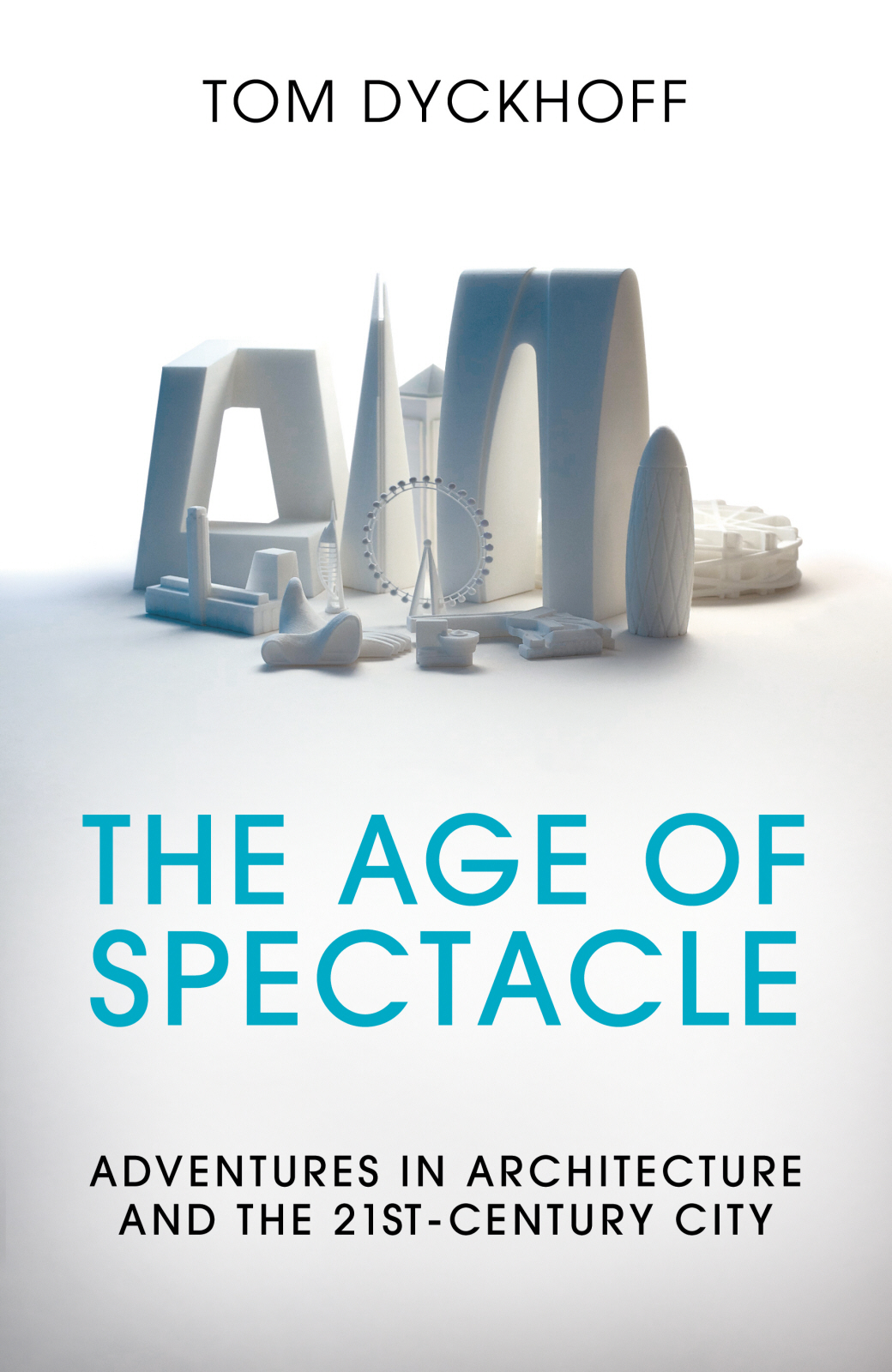CONTENTS
PROLOGUE
THE BUILDING THAT LOOKS LIKE A PAIR OF UNDERPANTS
What did it? What was it that tipped me over the edge? It was 4 September 2012, and a headline popped into my Twitter feed. British-Designed Skyscraper Resembles Big Pants, Say Angry Chinese. Thats right pants. Big pants. I clicked on the headline, and there it was on the screen in front of me: a building that looked like a pair of underpants. A 74-storey pair of underpants, to be precise. More long johns, Id say, than Y-fronts or boxer shorts, but pants nonetheless.
In my time, Id seen buildings that looked like all sorts of things. A gigantic pineapple? The Dunmore Pineapple in Scotland was crafted out of stone in the eighteenth century for a greenhouse growing what else? pineapples. A pair of binoculars? Claes Oldenburg, Coosje van Bruggen and Frank Gehrys Binoculars Building in Venice Beach, Los Angeles, is a little unconventional, Ill grant you, even for a city built around ego and showbiz. But as an office for a firm in advertising, an industry in the business of attention-seeking, a pair of gigantic binoculars seemed almost appropriate. Underpants, though. This was something else.
The Gate to the East, as the giant pants are more formally known, had been built in Suzhou, one of those ever-proliferating Chinese megacities. Given its name, the buildings design was presumably intended to resemble a gateway or triumphal arch. Indeed, Chinese journalists initially welcomed the building warmly, dubbing it the Arc de Triomphe of the East, as if obediently reciting the phrase from its accompanying press release. Soon after, though, opinions cooled. Is it an arch or just plain pants? asked Shanghai Daily. Pants, appeared to be the consensus of Chinas blogging community. Some were more risqu with their critiques, reported the Daily Telegraph, pointing out that Londons phallic Little Cucumber Norman Fosters 30 St Mary Axe or Gherkin project would fit snuggly inside Suzhous Gate to the East. Together, together! cooed one of the raunchier posts.
The buildings architects were the British firm, RMJM, founded in the 1950s, and, back then, the epitome of serious, even dour, modernism, the kind of architects whose bread and butter was designing the schools, universities and hospitals that underpinned Britains postwar welfare state.
Sixty years later, though, RMJM appeared to have had a change of direction. It was designing serious, dour modernism no more. It was designing clickbait. The Age of Spectacle had definitely arrived.
INTRODUCTION
The (hi)stories we tell of cities are also (hi)stories of ourselves.
Jane Rendell
The progressive Westerner is determined always to better his lot. From candle to oil lamp, oil lamp to gaslight, gaslight to electric light his quest for a brighter light never ceases, he spares no pains to eradicate even the minutest shadow.
Junichiro Tanazaki
The folly of youth
For my eighteenth birthday, my godfather took me to the Lloyds Building in London. Not just tothe Lloyds Building, but insideit. Inside it! Being without my parents in London was excitement enough for a teenager from a small, provincial city in the Midlands. But to actually get past the commissionaires in their uniforms, intothe building! I was, I realise with hindsight, a slightly odd teenager. Definitely a geek, but an odd geek at that. Geeks are at least meant to obsess, collectively, over computers or comic books, but, alone among my friends, I obsessed over buildings, bollards and town planning. And while eighteen-year-olds in more fashionable parts were discovering MDMA and acid house, I was high on Zaha Hadid. I got my thrills from the Architectural Review. I was the only teenage architecture geek in Worcester.
And I was born at the right time. Because architecture was about to take a turn for the spectacular. My pin-ups were Daniel Libeskind and Frank Gehry, not superheroes or pop stars, and to eighteen-year-old me, the Lloyds Building was the Spider-Man, the Stone Roses, the Jesus and Mary Chain of buildings, all rolled into one.

